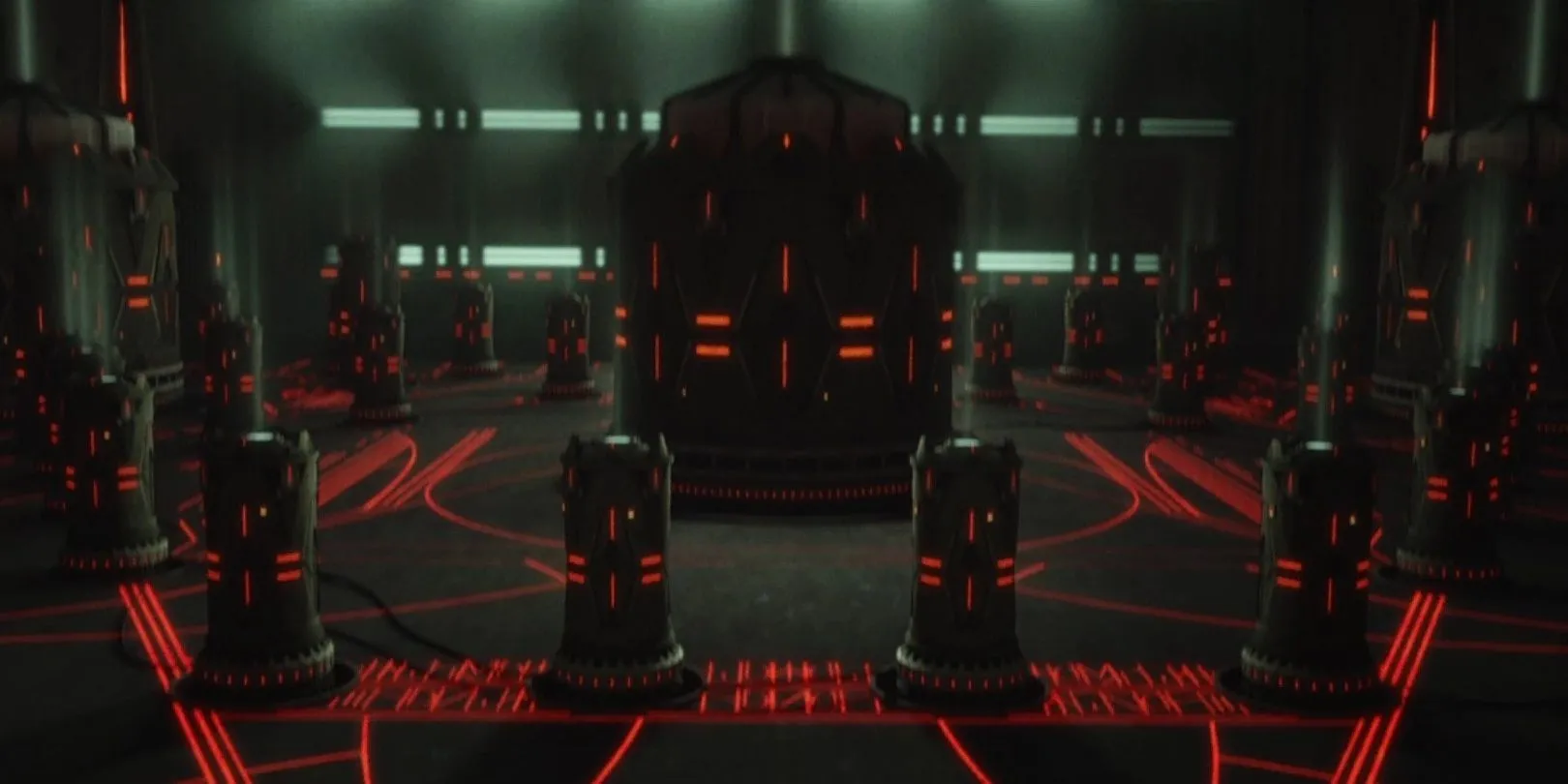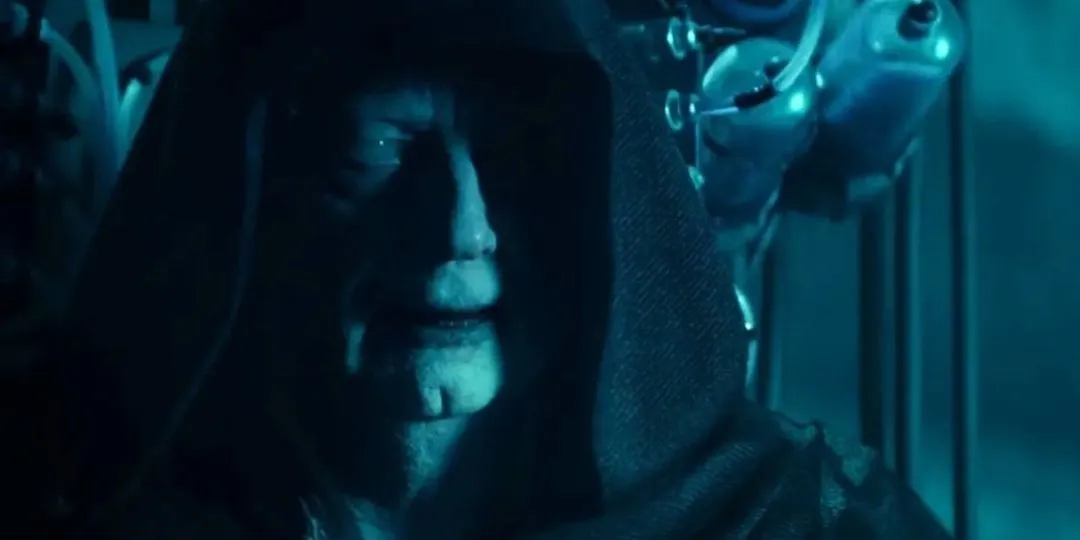
The Galactic Empire, renowned for its role in Star Wars, stands as one of the most nefarious entities in the realm of fiction. Employing a range of sinister tactics, the Empire engages in extensive oppression and relentless militarism to impose its will. Their violent agenda goes beyond mere brutality; they continually endeavor to develop innovative methods of evil. A crucial aspect of the Empire’s twisted scientific pursuits is Project Necromancer, a clandestine initiative aimed at achieving one goal: granting eternal life to its malevolent ruler.
One of the lesser-appreciated roles of Star Wars television series is to clarify certain creative choices made within the films. Notably, the significant time gaps between each trilogy provide ample opportunity for side stories that can help bridge narrative gaps. However, when these shows exist solely to address lingering questions, they often feel unfulfilling. Fortunately, they frequently serve as a reliable source for fresh and captivating concepts within the franchise.
Understanding Project Necromancer





Project Necromancer was a clandestine scientific endeavor by the Empire aimed at improving cloning techniques while preserving or transferring midi-chlorians, commonly referred to as M-count. The technology responsible for cloning produced the formidable clone army of the Galactic Republic, which formed part of a complex plot that ultimately resulted in the Republic’s downfall and the rise of the Empire. After Emperor Palpatine seized control, he dismantled the previous clone army in favor of conscripted beings from various planets. However, the Empire did not completely abandon cloning practices. Although cloning had proven to be a reliable science, it fell short in replicating a subject’s M-count, meaning that clones of Force-sensitive individuals lacked a connection to the Force. Project Necromancer sought to rectify this by developing a methodology for creating clones rich in M-count. In the end, the ultimate aim was to produce Emperor Palpatine clones, ensuring the Sith Lord’s immortality—something his predecessors could not achieve.
Leadership of Project Necromancer
At the helm of Project Necromancer was Doctor Royce Hemlock, who operated from a secret facility concealed within Mount Tantiss on the planet Wayland. Hemlock was a notable figure during the Galactic Republic era, but his unethical research led to his expulsion from the scientific community. Following the Empire’s rise, Palpatine recruited him, providing unlimited resources to realize the dreams of Project Necromancer. Assisting him, albeit under duress, was Nala Se, the former chief medical scientist from Kamino, renowned for developing the Republic’s clone army. The Empire eliminated Kamino to prevent further use of its facilities, retaining only Nala Se to leverage her expertise for their own ambitions. To ensure her compliance, the Empire held her assistant, Omega, an unaltered clone of Jango Fett. Together, they conducted numerous experiments and developed new entities to master the process of M-count transfer.
Was Project Necromancer Successful?

While Project Necromancer likely had some level of success, many aspects remain unclear. As fans of Star Wars are aware, Palpatine serves as the central villain in The Rise of Skywalker. The decision to resurrect him has complex roots beyond the film’s storyline, yet the in-universe explanation is iconic. Poe notably declares amidst a crowd, “Somehow Palpatine returned.”The efforts of Hemlock and Se in Project Necromancer paved the way for this return, although it took longer than anticipated. Omega’s blood turned out to be critical; it bore properties suitable for transferring M-count. To effectively achieve M-count transfer without altering the clone’s DNA, they needed Omega’s blood to serve as a binding agent. For months, Nala Se concealed this detail from Hemlock, frequently swapping blood samples. The truth only emerged when Nala Se assisted clone troopers in liberating Omega. Although the Empire captured her briefly, she sacrificed herself to destroy vital data related to Project Necromancer during the ensuing chaos, while Hemlock lost his life in the struggle to save Omega. Consequently, the Empire was forced to abandon the project and redirect its resources elsewhere.
After the fall of the Empire, its remnants attempted to revive Project Necromancer without notable success. Commandant Brendol Hux, the father of First Order General Armitage Hux, took on Project Necromancer as a personal venture. This new iteration has appeared sparingly in the franchise and is only mentioned in season 3 of The Mandalorian, with the stated goal of ensuring the continuity of the original leadership over what remained of the Empire.
In its initial form, Project Necromancer did not achieve its primary objectives, but it arguably laid the groundwork for what ultimately allowed Palpatine’s return. As with many imperial scientific endeavors, the project incurred a heavy body count: numerous subjects endured unimaginable suffering, many participants acted against their will, and the overall outcomes remained dubious. Palpatine’s return is undeniable; however, the extent to which Project Necromancer answers the questions surrounding that statement is still open to interpretation.




Leave a Reply